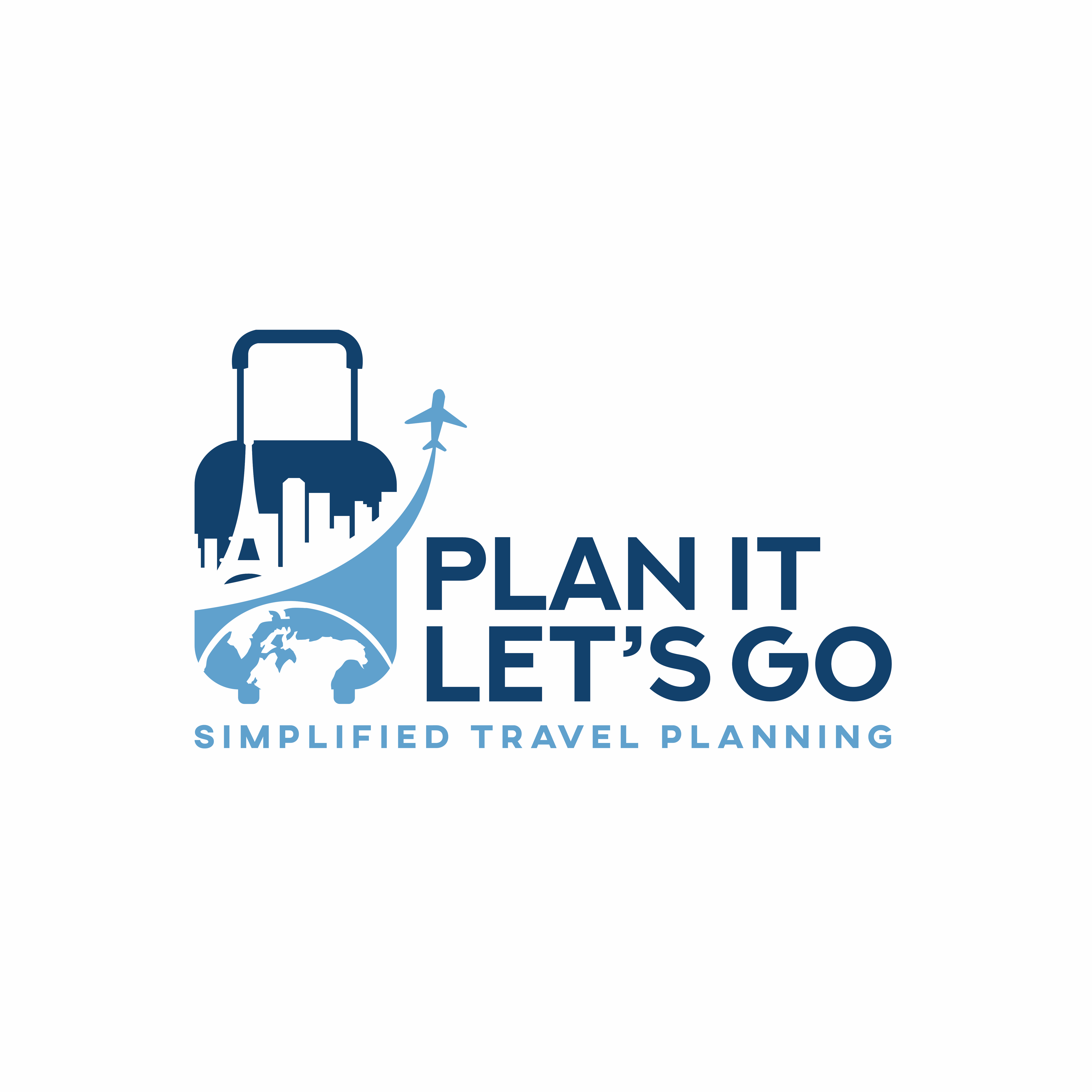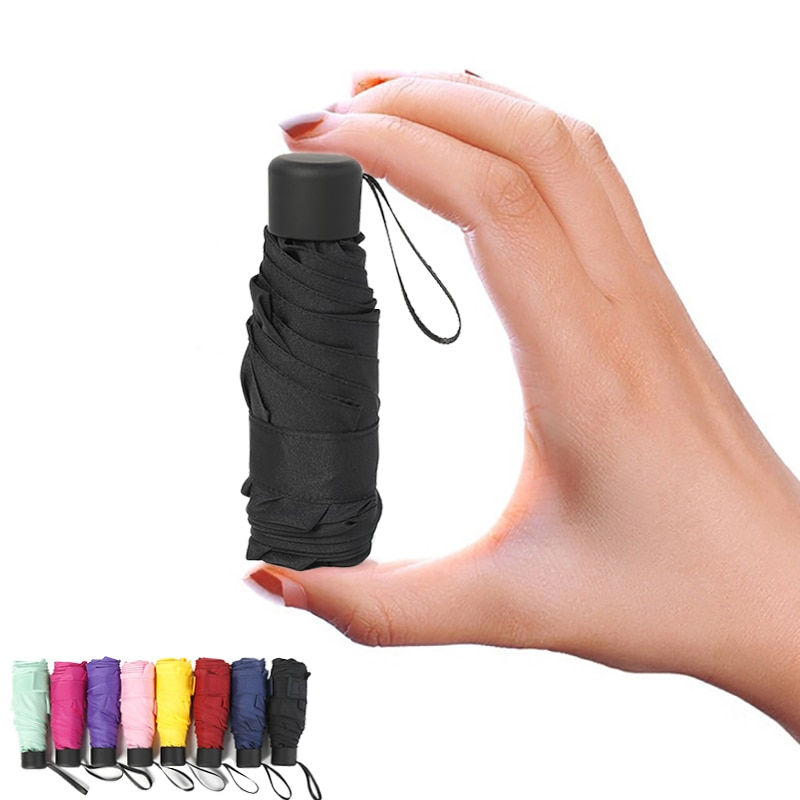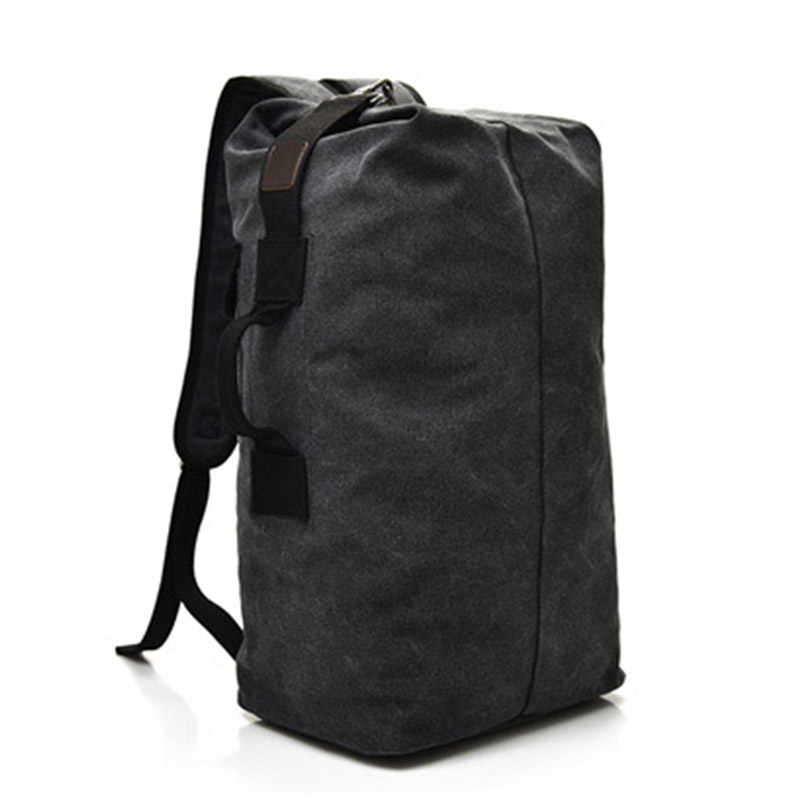Looking to spend 3 days in Vienna but not sure where to begin? This travel guide is for you. I spent more than 2 weeks exploring Austria, and half of that time was in Vienna alone. It is one of my favorite capital cities in Europe, with some of the richest heritage, beautiful palaces, and a ton of cool things to do.
Within this itinerary, we will be exploring the long and rich history of Vienna, visiting some of the most impressive palaces in Europe, while also spending some time learning more about it at one of its many world-class museums, before enjoying all the cool and quirky attractions the city has to offer. Without further ado, here is a complete 3-day itinerary for Vienna.
Table of Contents
Vienna 3-Day Itinerary Map
Quick Summary: 3 Days in Vienna: An Itinerary for First Timers
3 Days in Vienna ItineraryDay 1: Exploring the Palaces of Vienna
Day 2: Strolling Around the Heart of Vienna
Day 3: Visiting the Museums of Vienna
Where to Stay in Vienna?
When to Visit Vienna?
How to Get to Vienna?
How to Get Around Vienna?
How Much Money Do I Need for 3 days in Vienna?
Is it Safe in Vienna?
Which tourist SIM card is best for Austria?
What to Pack for Vienna?
Further Reading for Austria
[Show More]
Vienna 3-Day Itinerary Map
Tips: Get the Vienna Pass or FlexiPass if you want to save money on tourist attractions. The card includes all free public transportation and all tourist attractions for the Vienna Pass, or 3-5 tourist attractions for the FlexiPass.
Planning to visit soon?
🛌 Booking hotels: Booking.com, Agoda, and Hostelworld.
Vienna Hostel Ruthensteiner (Budget)
Room 55 (Mid-Range) 👍 Top Pick
Rosewood Vienna (High-End)
🏄 Booking tours:
Viator, GetYourGuide, and Klook.
Vienna Classical Concert at St. Peter’s Church (1 hour to 1 hour 10 minutes) 🏅 Top Pick
Budapest Small-Group Day Trip from Vienna (12 hours)
Hallstatt Day Trip from Vienna With Skywalk (13 hours)
🚘 Renting a car: Discover Cars.
🏥 Travel Insurance: Heymondo. Get 5% off today!
3 Days in Vienna Itinerary
On our first day in Vienna, we are going to be exploring all the beautiful palaces the city is known for, and there is nothing more iconic than Schönbrunn Palace, a historic palace located on the outskirts of Vienna. It was the principal imperial summer residence of the Habsburg dynasty, and if you know a little bit about the Habsburgs, they always go above and beyond with everything they do.
Schönbrunn Palace is known for its beautiful Baroque architecture, vast gardens as far as the eyes can see, and ornately designed interiors that will blow you away.
It is one of the greatest palaces that showcases just how prosperous and influential the Habsburgs were when they ruled vast parts of Europe for so many centuries.
No time to read?
Don’t worry. You can save this page to Pinterest and come back later.
The highlight of visiting Schönbrunn Palace is, funny enough, not the palace itself, but its massive gardens. Extending for 1.2 km from east to west and approximately one kilometer from north to south, it can take you hours to see it all.
There are several points of interest in the gardens alone, from museums to zoos. However, the best thing to do here is to hike up the 60-meter-high (200 ft) hill where the Gloriette is located, and all the paths around the huge garden point to.
Schönbrunn Palace is massive, and if you want to visit the palace, be sure to give yourself at least 3 hours. The walk from the subway station to Gloriette took me about 30 minutes, so be sure to dedicate enough time for your visit. I would suggest spending the first half of the day here to really do this place justice. The gardens around the palace are free to enter, which is just awesome.
After you are done at Schönbrunn Palace, you can take the metro back to the city and check out Belvedere Palace, another impressive palace located not too far from the city center.
Although much smaller when compared to Schönbrunn Palace, Belvedere Palace can stand on its own with its world-renowned art collection, beautiful Baroque architecture, and stunning gardens, and best of all, it’s much easier to navigate and way closer to the city center than Schönbrunn Palace, making it a great alternative for those who do not have much time in Vienna.
The palace consists of two Baroque buildings – the Upper Belvedere and the Lower Belvedere – connected by a beautiful garden that you can explore for free, just like Schönbrunn Palace.
If you want to see the art collection of the world-renowned artist Gustav Klimt, among other things, you will have to pay the entrance fee. It should be around 15 EUR for access to one of the Belvederes and 25 EUR for a combination ticket. If you want a guided tour, you can also reserve a spot here.
For the evening, I highly recommend you visit Prater, a large public park with a pretty interesting history known for its wide range of recreational activities, including amusement park rides, sports facilities, and other entertainment options. Definitely one of the most fun things I did in Vienna.
The park itself is massive, and it has changed functions many times throughout its existence since the 16th Century when it was used as a hunting ground before it was slowly converted into a public park.
This amusement park is home to the famous Wiener Riesenrad, the oldest still-operating Ferris wheel in the world, standing over 64 meters (212 ft) high. It was constructed way back in 1897 and was considered the tallest Ferris wheel in the world for more than 65 years before the one built in Japan in 1985 took the lead.
There are so many rides in Prater; it is hard to count them all. I spent 2 days exploring Prater in the evening, and I have yet to see all the rides. There are at least 3 roller coasters here, among other thrill rides.
The place can be enjoyed by people of all ages, and if you are looking for a unique place to visit in Vienna at night, Prater is the best place to be. The park is free to enter, but each ride costs a few EUR to get on. The park opens from 10 AM to 11.45 PM every day in the summer.
If you want to get on the giant Ferris wheel for sunset, be sure to be there early, as the line can get quite long. The ticket to ride the Ferris wheel is 13 EUR per person.
Day 2: Strolling Around the Heart of Vienna
On our second day in Vienna, we are going to explore the historical city center, and one of the most important landmarks right at the heart of the city center itself is the prominent St. Stephen’s Cathedral. It is a Romanesque and Gothic structure built in the 12th century, and that is where you should begin your exploration.
The cathedral is a beautiful and impressive example of Romanesque and Gothic architectural styles, with its exterior adorned with intricate carvings, sculptures, and decorative elements, while its interior is filled with impressive frescoes, paintings, and other works of art.
The inside of the cathedral is massive, but it can still get pretty crowded during the day as people flock to the old historical city center. You can escape the crowd by climbing up to the top of either the North or the South Tower, where you will be able to have a stunning view over the historic city center and see just how beautiful the roof tiles of the church are.
Although it is free to enter St. Stephen’s Cathedral, in order to access the towers, you will have to pay about 6 EUR and climb about 343 steps up the 67-meter-high towers using the narrow staircase to reach the top. I do not recommend doing this if you have claustrophobia.
After you are done with St. Stephen’s Cathedral, be sure to spend some time exploring the other tourist attractions in the city center, such as the Column of Pest (Column of The Trinity). It is a stunning late 17th-century sculpted Holy Trinity column built to commemorate the victims of the Great Plague of Vienna that occurred in 1679.
One of the most photogenic spots in Vienna is the Austrian National Library, which is the largest library in the country located not too far from St. Stephen’s Cathedral. The library houses a vast collection of books, manuscripts, and other materials that document the cultural, historical, and intellectual achievements of Austria and the surrounding region, so be sure to drop by there before we continue on.
Next up, we are going to visit one of the most unique attractions in the city center that not many people know about. It is the Capuchin’s Crypt, the resting place for the imperial Habsburgs among other 3,000 Capuchin friars who were buried there between the 16th and 19th centuries.
Capuchin’s Crypt is not just one crypt, but a series of underground chapels located beneath the Church of Our Lady of the Capuchin (Kapuzinerkirche). It is also known for its unique and unusual decor, which includes the bones of the Capuchin friars arranged in a variety of patterns and designs, such as chandeliers, crosses, and other ornate structures.
Some of the tombs here are larger than the hotel room where I was staying in Vienna, and way more decorative – on the outside, at least 😂 – than my house in Thailand.
After you are done, you can spend a few minutes relaxing at Albertina, a 19th-century Habsburg palace turned museum, where you will find a lovely balcony overlooking the Vienna Opera House.
While here, be sure to check out Vienna Opera House, one of the most prestigious and important opera houses in the world. It was built in the late 19th century in a Neo-Renaissance style, and its interior features elaborate decorations and ornate architectural details.
In the evening, I highly recommend you go for a stroll at the romantic Ferstel Passage, a historic shopping arcade built in the late 19th century and named after its architect, Friedrich von Schmidt.
The passage consists of a series of connected shops and restaurants with tables lining both sides of the passageway under this beautifully ornate architecture, with a glass roof, marble flooring, and intricate decorative details.
There is a nice French restaurant at Ferstel Passage that serves delicious buckets of mussels with a romantic seating area along the passageway. So, if you are looking for a romantic place for dinner, check out Beaulieu Épicerie Bistro.
Day 3: Visiting the Museums of Vienna
On our third day in Vienna, we are going to dedicate the entire day to museums. There are a ton of amazing museums in Vienna, but my favorite of all is the incredible Kunsthistorisches Museum Wien, the Vienna Museum of Art History.
This place is probably one of the best art museums I’ve been to so far. The museum houses a vast collection of art and artifacts from a variety of historical periods, from the Middle Ages to the present day.
Even if you are not so interested in the art and artifacts the museum holds, you are going to be blown away by the place, as it is housed in a beautiful building that is itself a work of art. The museum was built in the late 19th century and is an example of neo-Renaissance architecture, beautifully adorned and decorated with frescoes, paintings, and other decorative elements, to the brim.
Vienna Museum of Art History is open from 10 AM to 6 PM every day, and the entrance fee is 18 EUR per person. You can get the ticket online with free cancellation here. You can expect to spend around 2 hours in the museum alone. Do not miss the Egyptian collection here. I’ve visited the Egyptian collection in Cairo before, and in many ways, it is actually better presented here, so do not miss it.
The museum is also located in the beautiful Maria-Theresien-Platz, a historic plaza surrounded by museums that will please everyone’s curious minds. If you have the time, be sure to check out the Museum of Natural History Vienna while you are here.
Right next to the Kunsthistorisches Museum, you will find the Hofburg, an imperial palace that used to be the primary residence of the Habsburg dynasty. What’s cool about the Hofburg is that it is not just one palace but a complex of buildings that were constructed over many centuries and includes a number of ornate and opulent rooms and spaces you can explore.
Within the palace, you will find many interesting museums such as Weltmuseum Wien and Kunsthistorisches, as well as many beautiful parks surrounding these buildings where people often come to picnic during sunset. It is a beautiful area that will give you a glimpse of what’s to come for you in Vienna.
After you are done exploring the museums, you can spend the afternoon enjoying a little downtime and chill out at one of the many old-school vintage cafes like Café Sperl, a local cafe housed inside this stunning 1880 coffeehouse building, best known for their homemade pastries.
The coffeehouse was built in 1880, while Cafe Sperl was established here 4 years later, and it continues to run today, more than 130 years later. The place is best known for its homemade pastries like the delicious chocolate wafer cake, but you can also dine here as they serve common dishes like schnitzel at a pretty affordable price.
If you are looking for a really filling dinner to reward yourself for all the walking you’ve done in Vienna, I can’t think of a better place than Ribs of Vienna, an underground eatery with a barrel-vaulted ceiling that specializes in, you guessed it, ribs. It is one of the best ribs I have ever had in my life!
Their signature dish is the ribs that come with different flavors, and it is hard to describe just how tender and juicy the meat is. I highly recommend you come and try it for yourself.
The place gets packed extremely fast, and you might not have a table if you are there during prime times. Even when you get a table, it will take about 45 minutes to one hour for the dish to be ready, but I assure you, it is worth the wait.
Looking for a complete travel guide to Vianne? Check out:16 Best Things to Do in Vienna
Where to Stay in Vienna?
When to Visit Vienna?
The best time to visit Vienna is from June to September when the weather is nice and warm, perfect for all the summer outdoor activities and events that often take place during this period.
Like most cities in Western Europe, Vienna does get quite overwhelmed with tourists in the summer months, and it can get quite hectic in touristy places like the city center. So, if you want to steer away from them, I highly recommend you stick to September.
That said, between June and August, you will have the highest chance of clear days, which will allow you to do so many more things. Just be aware that it gets pretty hot in Vienna in the summer, so be sure to pack accordingly.
If you decide to visit between June and August and are looking to avoid the tourist crowds, I highly recommend starting your day as early as sunrise. You will have many of the places I mentioned here all to yourself. I have done this many times and thoroughly enjoy places so much more when there’s no one around, even in the busiest month of the year.
How to Get to Vienna?
There are several ways you can get to Vienna: flying directly; taking a train from other countries; or hopping on an international bus across Europe.
From the US, there are many direct flights from cities like Chicago, Los Angeles, and New York that will take you straight to Vienna in about 9-11 hours. You can browse through great direct flights from here.
From Europe, you have quite a lot more options here. You can either fly directly from places like the UK via Wizz Air, take a train from all the major train stations around Europe, or catch one of the many buses connecting Vienna to Europe. Flixbus is highly recommended when it comes to bus travel in Europe.
From Asia, there are also many direct flights operated by Austrian Airlines and local carriers from cities like Bangkok. You can also go with connecting flights, which are often a bit cheaper. There are many flights from Asia that connect via Middle Eastern countries like Emirates via Dubai or Etihad via Abu Dhabi. The journey should take approximately 10 hours direct.
To find a cheap flight to Vienna, I would recommend you use Skyscanner or Expedia to look for the cheapest route and schedule so you can compare and pick the best one.
How to Get Around Vienna?
Vienna is very well-connected by metros and trams, and these are the two modes of transportation on which you will rely the most for this itinerary.
By Metros: The metros here are pretty reliable with a strict schedule and excellent coverage, and they come equipped with modern facilities, so it should not be too hard to move around the city. The metro costs about 2.4 EUR per trip or you can get the 24, 48, 72-hour tickets for 8 EUR, 14.10 EUR, and 17.10 EUR respectively.
You can buy the ticket online through its official WienMobil apps and pay with a credit card prior to your trip, or you can get one from the ticket machine at the station. I prefer using the app to get the ticket right away so I do not have to fiddle with the machine with all my belongings. I highly recommend you check out the WienMobil app (iOS | Android).
If you plan to move around a lot during your time in Vienna, you can get the 72-hour day pass for 17.10 EUR, so you can travel around the city on both the metro and trams as many times as you like within the 3-day duration.
By Trams: You can also travel around Vienna with trams, which also use the same ticket as the metro. The issue with traveling by tram is that not all trams have ticket machines on board, so I highly recommend using the WienMobil app (iOS | Android) to purchase your ticket.
By Walking: Like most Western European cities, Vienna is a walkable city and you can pretty much cover all the tourist attractions in the city center on foot without problems. For places like Prater and Schönbrunn Palace, you are going to need to rely on the metros to take you there.
How Much Money Do I Need for 3 days in Vienna?
From this 3-day itinerary, we can calculate approximately how much money you will be spending here as follows:
Accommodation: For 4 nights in Vienna, you can expect to pay around 75 EUR for accommodation at a minimum, considering you are staying in hostels.
Food: For 3 days, 3 meals a day in Vienna, you can expect to pay around 126 EUR for food, considering you eat out for every meal. It will be cheaper if you cook it yourself.
Transportation: For this itinerary, you can expect to pay around 17 EUR to get around Vienna via metros and trams.
Activities: Depending on how much you want to follow my itinerary, you can expect to pay around 90 EUR for activities, considering if you go for Vienna Pass, which in my opinion is worth every dime.
Total Budget for 3 days in Vienna: 306 EUR
Is it Safe in Vienna?
Vienna is a very safe city, and there isn’t much to worry about when you travel here, except in crowded places like train stations. As in any other big European cities, petty theft and pickpocketing often occur in places where there are a lot of tourists.
As usual, it is always a good idea to exercise caution by not leaving your belongings unattended and watching out for them at all times. Keep your hands in your pockets when entering or exiting crowded places like a tram or a train, and make sure you are holding your phone and wallet tightly.
Other than that, you should be fine traveling around Vienna. I didn’t have any problems in Austria when I was there. Keep your wits about you, and you will be fine.
Which tourist SIM card is best for Austria?
There are three major carriers in Austria, namely A1, Magenta, and 3, that offer prepaid SIM cards for tourists to purchase while traveling in Austria. Unfortunately, with the increasing popularity of eSIMs, the need to physically be in the country to buy a SIM card at a store is quite inconvenient and not ideal.
If you have a smartphone that supports eSIMs, I highly recommend you take a look at this eSIM. They have a variety of data packages, price points, and durations for you to choose from, ranging from 1 GB for 7 days costing only 5 USD to 10 GB for 30 days costing 22.5 USD.
The setup is fast and instant, and you can buy it prior to your trip, so you don’t have to scramble your way to get one at the airport after a long flight. The data speed is also equivalent to what you get with a local SIM card with 4G speed across the entire country.
Or if you are traveling to Austria as part of a bigger Europe trip, I highly recommend you get the regional Eurolink eSIM, which will give you access to data from over 39 countries across Europe. I have personally used this eSIM on my 3-month trip around Europe, and it has worked wonders.
For more information on eSIMs in Austria, click here: Check Austria’s Available eSIM.
What to Pack for Vienna?
As you may already know, I am an advocate of light traveling, and indeed, packing light for a journey like this is a unique art form. Here are some packing tips for your upcoming trip to Vienna, Austria:
Walking/Hiking Shoes: With all the walking and possible hiking during your travel, a comfortable pair of shoes is a must. I recommend the Timberland 3-Eye Classic Boat Shoes that are my go-to pair for long strolls and hikes.
Breathable Shirts: Given the potential for hot weather, pack a few breathable shirts for your outdoor adventures.
Shorts/Jeans: Anticipate lots of walking during your travels? Be sure to pack some breathable shorts and a pair of Levi’s jeans for when the weather cools. For women, leggings are excellent for both hot and cold climates, so consider packing some as well.
Fleece Jacket: For colder weather, layering is the key, and a fleece jacket makes an excellent insulating layer. I recommend the Columbia Steens Mountain Fleece (for women).
Outer Shell Jacket: An outer shell jacket is great for windy or rainy conditions. I highly recommend the Columbia Watertight Jacket (for women). It’s lightweight, breathable, and even comes in a cool orange color.
Microfiber Towel: A Microfiber towel is the ideal backpacker’s towel due to its lightness, quick drying, and compressibility.
Camera: You should also pack a good camera for your trip so that you can capture all the beautiful experiences you might have. I recommend the Sony a7R V camera together with the Sony 24-70mm f2.8 GM II lens, which is probably the highest-performance camera and lens combination you can get right now.
Power Bank: Keep your electronics charged on the go with a 20,000+ mAh Power Bank.
Water Bottle: The Hydro Flask Trail Water Bottle is a great insulated water bottle to have with you in cities or on hiking trails. It is lightweight and can keep your water cold or warm for more than 12 hours. It’s a total game-changer.
Universal Adapter: You’ll need just one universal adapter to plug in your electronics in any country you visit.
Packing Cubes: Packing Cubes will help you save space in your backpack and keep all your belongings organized.
Daypack: The Langly Alpha Globetrotter is my go-to everyday camera backpack. It’s large enough to carry all my travel gear, and it comes with plenty of slots and pouches. Plus, it’s stylish as hell!
Large Backpack: You will need a large backpack to carry all of your stuff. I recommend the Osprey Atmos AG 65L backpack. With excellent weight distribution and a lifetime guarantee, you can’t go wrong with Osprey.
For more information on what I pack in my backpack for this trip, check out: My Packing List: 60 Travel Essentials.
Further Reading for Austria
I hope you found this Austrian travel guide helpful. If you would like to read more about Austria, here is a selection of articles that you might enjoy:
Looking for a complete itinerary for Austria? Check out: 2 Weeks Backpacking Austria Itinerary.
If you are visiting Austria, you cannot afford to skip Vienna. This city is jam-packed with beautiful sights and some of the prettiest landmarks in Europe. To help your visit, here are 16 Best Things to Do in Vienna.
Popularized by the classic movie, “The Sound of Music,” Salzburg is one of the most beautiful cities to visit in Europe with a ton of things to do. Here are the 15 Best Things to Do in Salzburg.
Want to visit Salzburg for 3 days and are looking for the perfect itinerary? Check this out: 3 Days In Salzburg: An Itinerary For First Timers.
Probably one of the most picturesque towns in Europe, Hallstatt is so much more than just getting that perfect Instagram photo. Here are the 10 Best Things to Do in Hallstatt.
Innsbruck is one of the best places to visit if you want to see the wonderful Austrian Alps up close and personal. Here are the 13 Best Things to Do in Innsbruck.
One of the best hikes you can do in the Austrian Alps is the Olpererhütte hike, and you can do it all in one day from Innsbruck. Here is A Complete Hiking Guide to Olpererhütte from Innsbruck.
Not convinced by my words? Here are 125 photos that will inspire you to visit Europe.
To see all the articles about Austria, visit the Austria Travel Guide page.
Traveling in Europe can be cheap, really cheap. These are the 12 Cheap European Countries to Visit.
Looking for more travel guides for Europe? You can find more on my Europe Travel Guide page.
Or if you want something more specific to the region, visit our Western Europe Travel Guide, Central Europe Travel Guide, or Eastern Europe Travel Guide pages.
For more of my travel guides like this, visit my Destinations page.









